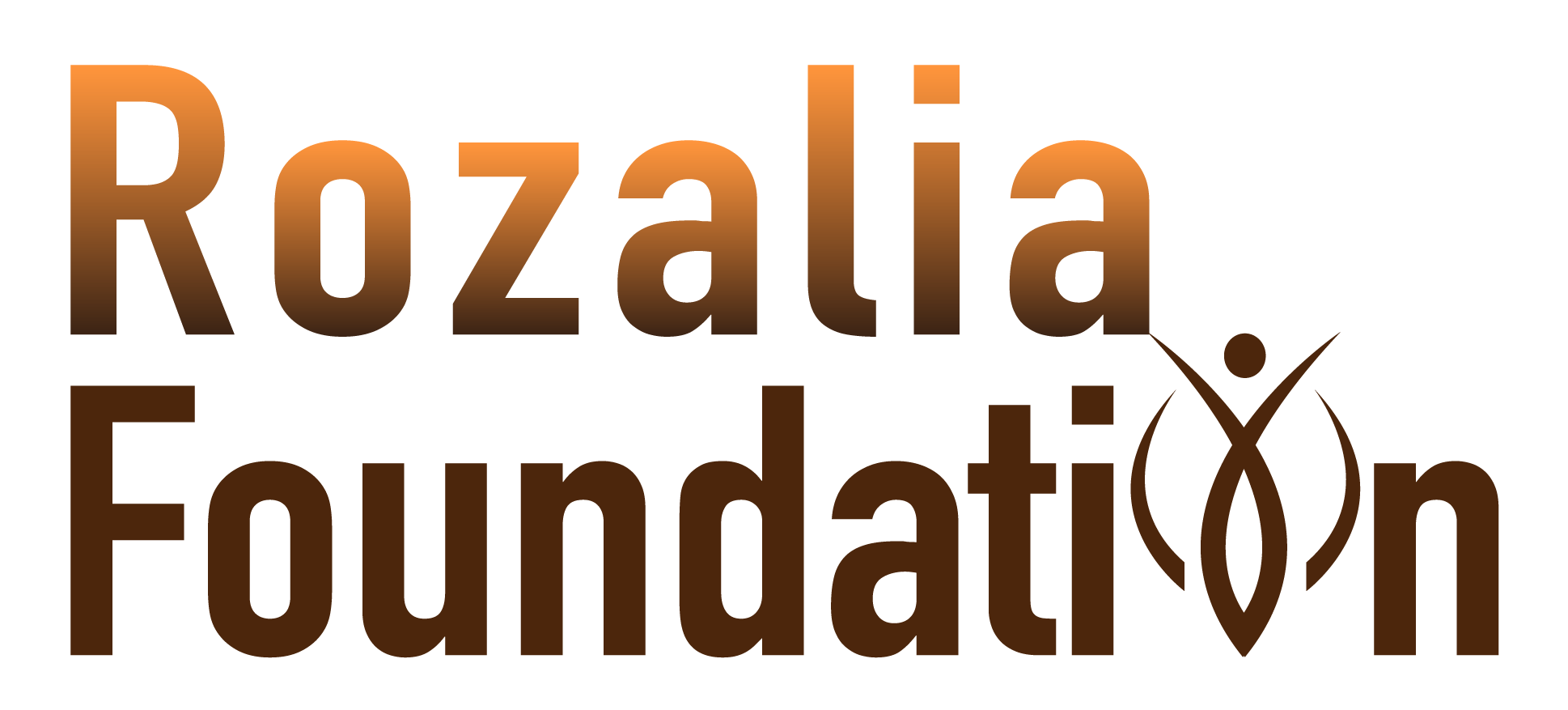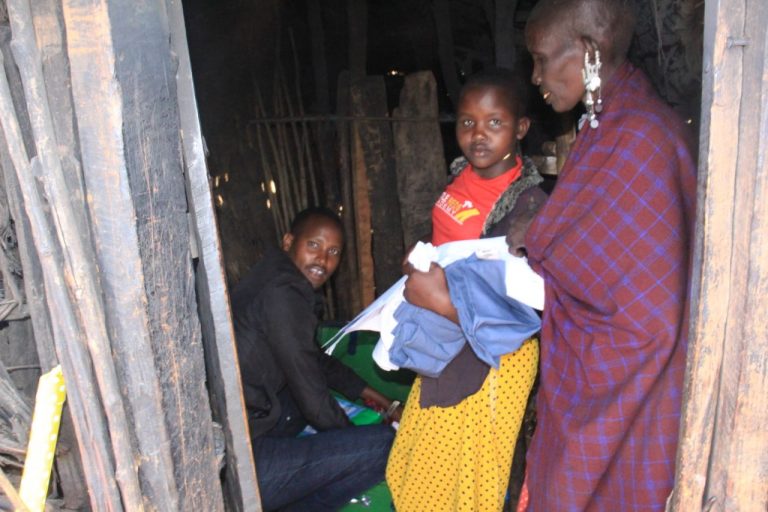The Maasai People-Community Empowerment
This is possibly Africa’s most famous ethnic group, the Maasai people are semi-nomadic people located primarily in Kenya and Northern Tanzania. They are considered to be part of the Nilotic family of African tribes, just like the Schilluk from Sudan and the Acholi from Uganda.
The Maasai oral traditions tells that; Maasai people originated in the Nile Valley in Northern Africa and migrated south around the15th century with their cattle. According to Maasai tales; the reason behind their historic migration was simply out of need for better grazing land. In their southward expansion, the Maasai found such land and satisfied their desire for more cattle by waging devastating warfare and continual cattle raids on other tribes. They quickly spread south through the Rift Valley where the fertile grasslands were ideal for their cattle and around the 18thcentury, reached the present-day territories Tanzania and Kenya.
Once considered fierce warriors and feared by all tribes in the area, the Maasai lost much of their power in the 19th century. In-tribe fighting was detrimental to the growth of the tribe as whole and combined outbreaks of human and cattle disease, followed by severe droughts, decimated both the herds and population of the Maasai. As a result, the Masai tribe lost lands they had already conquered and when the British and German colonisers arrived, the Maasai were in no position to avoid colonial conquest and their lands diminished.
Nevertheless, the Maasai turned their backs upon the prizes and temptations offered by the West, and despite education, civilization and western cultural influences they remained faithful to their ancestry and traditional way of life, making them the strong symbol they are today of East African culture.
Cultural way of life
Maasai cultural life, religion and livelihood revolves around cattle herding supported by a very close connection to nature. One of their spiritual beliefs is that their God, Enkai, created cattle for the Maasai and that all the cattle on earth belong solely to them. This bond has led them to a nomadic way of life following patterns of rainfall over vast lands in search of food and water for their cattle. Traditionally, all of the Maasai’s needs were met by their cattle; they ate the meat, drank the milk and blood as historic main dish. Animals were slaughtered for ceremonies, and all their clothing, shoes and bedding came from the hide, whilst cow dung was used for building.
The Maasai have managed to retain many of their traditional ways; however, this is becoming more challenging every year. From 1950s the ability to graze their cattle over large areas of Northern Tanzania was diminished considerably due to expansion of conservation Areas such as Serengeti National Park, Tarangire, Lake Manyara and Ngorongoro, which were former Maasai grazing land. In recent years, Maasai face more challenges associated to Climate Change, urbanization and population growth which pose more difficulties in living their pure way of life. As such, some of Maasai have now adapted a more sedentary lifestyle that includes growing and buying cultivated food while others still practicing normadic pastoralism. Also due influence of education from 1990s, few Maasai are involved in National work force and working in formal employments in different parts of the Tanzania.
The future of co-existence
The recent Climate Change, urbanization and highly growing populations means less land for Maasai pastoralism and wildlife. This congestion has resulted into acute competition of natural resources for human survival and has accelerated human-wildlife conflicts and depletion of ecosystems and natural habitants such forests, water, pasturelands. It is a matter of fact that Maasai people have historical depended on natural habitants not only for livelihood but also for medicines and religion rituals which has governed their relation to their God and fellow Maasai people and neighboring communities
Historically, the Maasai and the wildlife simply lived together, in balance. Maasai land is one among few places on this continent where until now people and wildlife called home and co-existed in harmony for centuries. However, given the above mentioned challenges of recent; the betterment of natural habitats, wildlife and ecosystems shall more likely be restored through improving the livelihood of Maasai people and empower them to easily meet their economic needs with less dependence to nature and enable them to see the economic value of wildlife and ecosystems on their own land.
This is a balance that Rozalia Foundation is dreaming to see happening. The Foundation works with communities in Eastern Serengeti home to hundreds wildlife including the African big five-Lions, leopards, Elephants, Rhino and Buffalos. When communities find much sustainable economic ways of life, all parties benefit. When Maasai people get capacitated so to remain true to their cultural heritages and dedicated connection to nature, then this balance shall prevail.
Where cases of predation of Maasai livestock by predators like lions, hyenas, wild dogs and leopards are becoming common than ever; compensation programs would be of paramount important to cover any single lost livestock or any crop destroyed. In order to adapt with Climate Change, Maasai people have assimilated crop cultivation than ever. Despite the fact that crop cultivation assures food security in the community but it also lead to much depletion of resources such as forests and rivers which even threaten human and wildlife futures than thought hence should be sustainable and monitored.



